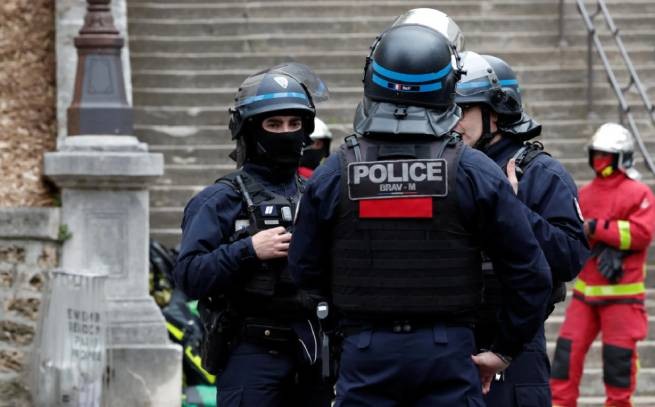Allergist-immunologist Vladimir Bolibok spoke about the symptom of omicron, annoying with severe pain. This is hyperesthesia, when everything hurts …
In a conversation with the portal Ura.ru, as he says RIA Newsthe doctor reported the appearance of hyperesthesia in patients with omicron:
“Patients began to complain about such a symptom in the” omicron “as hyperesthesia, when the whole body hurts.”
However, the specialist explains, the body does not just hurt. But if you press your hand in some place, unbearable pain is felt throughout the body – bones, muscles, skin hurt. The pain is so severe that the person screams.
Hyperesthesia is called hypersensitivity to normal or weak exposure. Any irritants cause an aggravated reaction, since the lower threshold of sensations is significantly reduced. Previously, experts warned that an early manifestation of the omicron strain could be pain in the joints and muscles, especially in the shoulders and back.
The doctor of medical sciences, head of the department of vascular surgery of the National Medical Research Center for Surgery named after N.I. A.V. Vishnevsky Ministry of Health of Russia Andrey Chupin – he warned about amputation of limbs due to thrombosis after coronavirus. Thrombosis in recovered patients is common and can lead to a critical deterioration in the blood supply to the limbs, the doctor says:
“Covid itself gives serious complications to the cardiovascular system, primarily to the blood coagulation system, so thrombosis in those who have had this infection, unfortunately, is very common. There were many cases of amputation during the pandemic.”
He explained that the arteries of the limbs, both upper and lower, are mainly affected. At the same time, against the background of thrombosis, ischemia can develop – a critical deterioration in blood supply, which can result in limb amputation.
There is no clear pattern of time when thrombosis can develop, the professor noted. This can happen both at the height of the disease (more often in severe patients), and after a few months. The risks of thrombotic complications increase with inflammatory and fibrotic changes in the lungs, which persist for a long time after a severe form of the disease.
The risk group, notes Chupin, includes patients suffering from atherosclerosis, especially those who have undergone previous operations on the vessels. But the situation after the coronavirus must also be controlled by those who have suffered it in a mild form and have good blood tests:
“It happens that patients safely endure the peak of the disease itself, but later, if left without the cover of anticoagulant or antiplatelet therapy, they encounter thrombosis.”






More Stories
Shocking report from Japanese scientists: “Cancer deaths increase sharply after mass Covid vaccination”
Study: Scientists have discovered why children are more susceptible to coronavirus
22 arrests and confiscations took place in Italy and other EU countries in the case of "covid" EU funds (video)